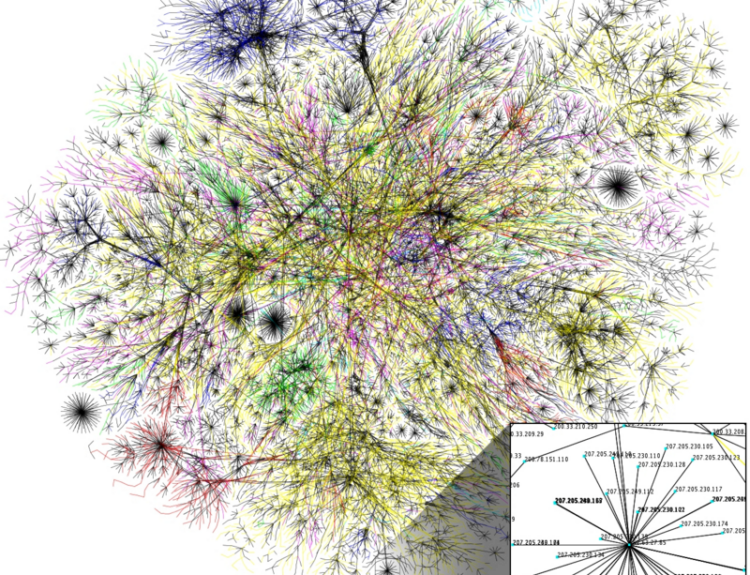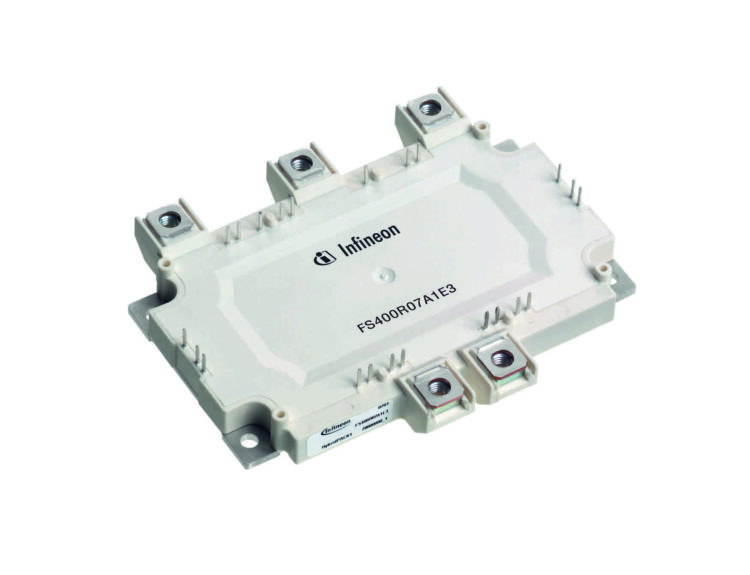Data centers are transforming from bulky boxes to sleek skyscrapers to meet modern demands.
- Data centers are transitioning from low-slung designs to taller structures due to increased demand for computing power.
- Urban land constraints are pushing data center operators to build upwards, with some facilities reaching up to 12 stories.
- The shift is driven by the need for faster connections and lower lag times for local businesses and residents.
- International data centers, especially in dense regions, are already adopting taller designs.
- Suburban areas are also seeing a rise in multistory data centers as land becomes scarce.
Data centers, traditionally known for their squat and industrial appearance, are undergoing a significant transformation. This shift is largely driven by the increasing demands for computing power fueled by artificial intelligence and the need to adapt to urban land constraints. As data centers move from rural areas to urban centers, operators are rethinking the outdated, windowless designs that have characterized the industry for decades. nnNow, buildings that rise two stories or more are becoming commonplace, especially in cities where land is limited and costs are high. Stephen Donohoe, vice president of global data-center design at Equinix, notes that as data-center footprints expand, the only option is to build upwards. Equinix has already developed properties that reach heights of eight to twelve stories, featuring modern designs with green walls and rooftop gardens. nnThe surge in data-center construction is also a response to the explosive growth in AI, with real-estate firm CBRE reporting record-high construction rates in the first half of this year. In just two years, overall data center construction has increased more than sevenfold, according to JLL. nnHistorically, data centers were sprawling, single-story facilities optimized for cost efficiency. However, as urban areas like New York, Chicago, and San Francisco face land and power constraints, building taller has become a necessity. This allows data centers to remain close to their user base, ensuring faster connections and reduced lag times, which is crucial for internet-connected devices. nnWhile the U.S. still has ample land for traditional data centers, international hubs like Singapore and Hong Kong are leading the way with taller multistory buildings. For instance, Singapore boasts an 11-story Meta Platforms data center, while Hong Kong has a 30-story facility. nnIn the suburbs, the trend is also shifting towards multistory data centers as land becomes scarce. Areas near Chicago are experiencing a surge in demand, with land prices tripling in the last three years. However, suburban residents often resist these developments due to concerns about noise and aesthetics. nnAs the demand for computing power continues to rise, data centers are not only adapting their designs but also rethinking their structural capacities to accommodate new technologies, such as AI chips. The future of data center design is still uncertain, but the industry is actively exploring how to meet the evolving needs of technology and urban living.·
Factuality Level: 8
Factuality Justification: The article provides a well-researched overview of the evolving design of data centers, particularly in urban areas, and discusses the impact of AI on their construction. It includes quotes from industry experts and relevant statistics, which support its claims. However, there are minor instances of opinion and subjective language that could be perceived as bias, and some details may be tangential to the main topic, slightly affecting its overall factuality.·
Noise Level: 7
Noise Justification: The article provides a detailed analysis of the evolving design of data centers in response to urbanization and AI demands. It includes expert opinions, data on construction trends, and examples of innovative designs, which support its claims. However, while it stays mostly on topic, it lacks a deeper exploration of the long-term implications of these changes and does not significantly hold powerful entities accountable.·
Public Companies: Equinix (EQIX), Meta Platforms (META), Nvidia (NVDA)
Private Companies: DataBank,Digital Realty,EdgeCore,Sabey Data Centers,Corgan,Metro Edge,xAI
Key People: Stephen Donohoe (Vice President of Global Data-Center Design at Equinix), Raul Martynek (Chief Executive of DataBank), Dan Drennan (Principal and Data-Center Sector Leader at Corgan), Brett Rogers (Chief Development Officer of EdgeCore), Andy Cvengros (Managing Director and Co-Lead of JLL’s U.S. Data-Center Markets Group), Julie Brewer (Executive Vice President of Finance at EdgeCore)
Financial Relevance: Yes
Financial Markets Impacted: The data center construction market is experiencing significant growth due to increased demand driven by AI, impacting companies like Equinix and DataBank.
Financial Rating Justification: The article discusses the rising demand for data centers, particularly due to AI, and how this is influencing construction trends and costs, which are directly relevant to financial markets and companies involved in real estate and technology.·
Presence Of Extreme Event: No
Nature Of Extreme Event: No
Impact Rating Of The Extreme Event: No
Extreme Rating Justification: The article discusses trends in data center design and construction but does not mention any extreme events that occurred in the last 48 hours.·
Move Size: No market move size mentioned.
Sector: All
Direction: Up
Magnitude: Large
Affected Instruments: Stocks
 www.wsj.com
www.wsj.com 





